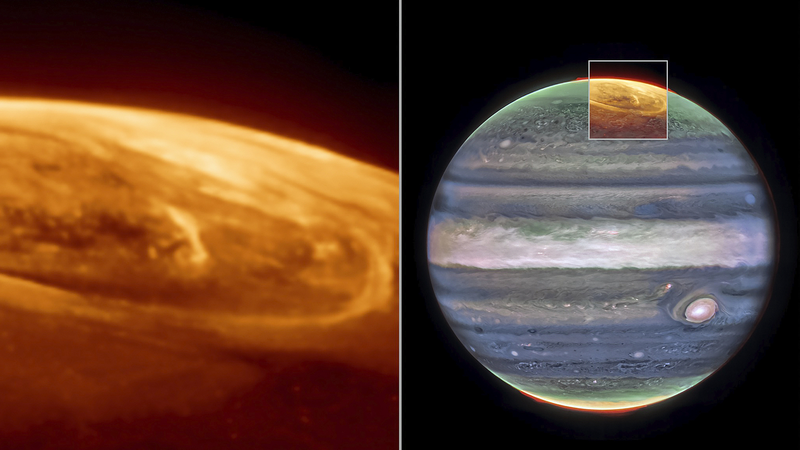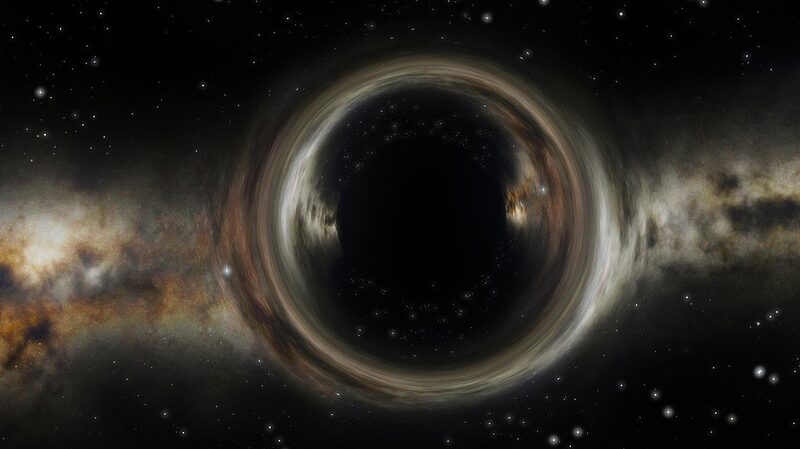Astronomers Rewrite a 30-Year-Old Cosmic Mystery
Remember Gliese 229B, the 'celestial tweener' discovered in 1995? Turns out it’s been hiding a galactic secret 🤯. New research reveals it’s actually two brown dwarfs locked in a dizzying orbital embrace – the astronomical equivalent of a TikTok dance challenge gone interstellar!
Using telescopes in Chile and Hawaii, scientists discovered these cosmic twins orbit each other every 12 days while circling a red dwarf star 19 light-years away. At 38 and 34 times Jupiter’s mass respectively, they’re rewriting what we know about failed stars.
Celestial Body Breakdown 🌠
• Mass: Heavier than planets but lighter than full stars
• Size: Smaller than Jupiter despite greater mass
• Location: Constellation Lepus (cosmic neighbor alert!)
• Cool Factor: Only the second known pair orbiting this close
\"This discovery shows star formation is like a messy roommate situation – full of surprises!\"
– Jerry Xuan, Caltech astronomer
The finding solves a 30-year-old puzzle: Original mass estimates suggested Gliese 229B should’ve been brighter. Now we know why – it was two dim celestial bodies all along!
Why This Matters 👩🚀
Brown dwarfs challenge our definitions of stars vs. planets. As Caltech’s Sam Whitebook explains: \"They’re like nature’s middle children – too big for planet status but not star material.\" This discovery helps scientists understand where giant planets end and failed stars begin.
Next time you stargaze, remember: The universe still has plot twists to reveal! 🌌✨
Reference(s):
cgtn.com






